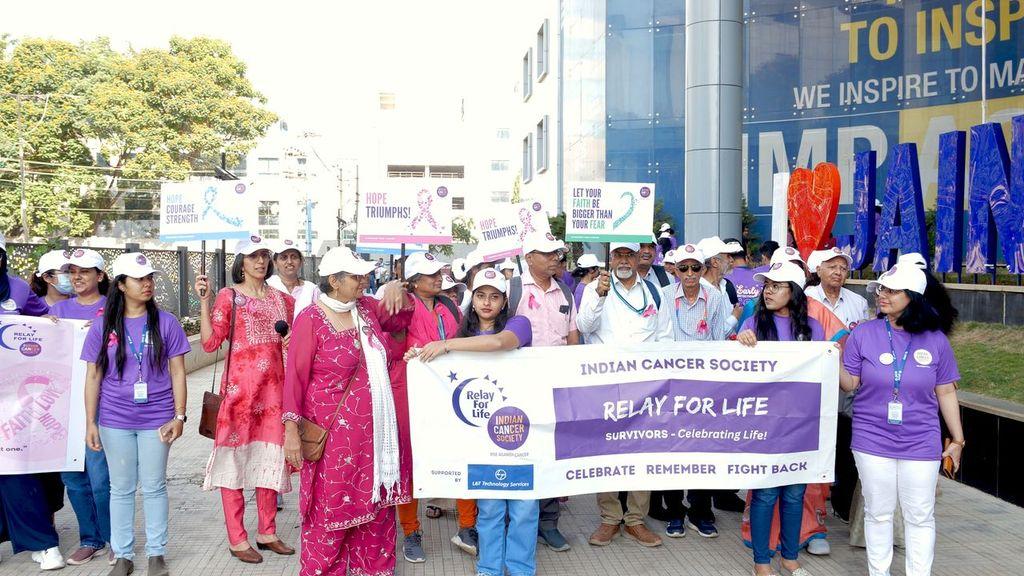The Cancer Gender Paradox in India: A Closer Look
More Indian women are diagnosed with cancer. Yet, strangely, more men are dying from it. At first glance, this might seem like a data error. It’s not. It’s a real, documented puzzle sitting plainly in the numbers released by the National Cancer Registry. But as you’ll see, the story it tells is far more about society than cells.
Key Facts First
- Women make up slightly over 50% of cancer diagnoses in India.
- Men, however, account for a higher percentage of cancer-related deaths.
- The numbers come from the National Centre for Disease Informatics and Research.
This gap between diagnoses and mortality has puzzled researchers for years. But as more data emerges, so does a clearer picture—one that blends biology, behavior, and belief.
Step 1: Understanding the Numbers
The recent data shows a consistent trend that’s hard to ignore. In cities like Delhi, Mumbai, and Chennai, cancer registries are reporting similar patterns: more female cases on paper, but a higher absolute number of deaths among men.
According to Dr. Priya Ramachandran, a public health specialist with Tata Memorial Centre, “This isn’t just an anomaly—it’s reflective of how men and women behave differently when facing illness and healthcare in India.”
Step 2: The Role of Social Norms and Gender
Here’s where it gets deeper. The simple biology of cancer doesn’t fully explain this gender gap. So what does? Let’s break it down.
Late Diagnosis in Men
One of the biggest culprits? Men often delay seeking medical attention. Whether it’s due to denial, fear, or the pressure of being the provider, they often wait too long before consulting a doctor.
“Men don’t come until the cancer is far along,” explains Dr. Aniruddha Basu, an oncologist based in Kolkata. “Culturally, there’s a mindset that values endurance over vulnerability. That costs lives.”
Access to Screening Programs
Interestingly, many public health campaigns in India have actively focused on women’s health—especially breast and cervical cancer—and rightly so. But this has created an access gap.
- Breast cancer awareness drives have improved early detection in women.
- Cervical cancer screening camps are run frequently by NGOs and hospitals.
- Very few such camps exist for male cancers, like oral or prostate cancer.
You might have seen pink ribbons and mammogram ads. But when was the last time you saw awareness on testicular cancer in your city?
Step 3: Lifestyle Choices and Cancer Risk
Another major factor is lifestyle. Let’s be honest—India’s culture isn’t kind to men’s health habits.
Tobacco and Alcohol Use
Over 57% of Indian men consume tobacco in some form. That number is significantly lower for women. Alcohol dependency shows a similar skew. These aren’t just individual decisions—they’re habits deeply woven into social norms among men.
- Oral cancers and lung cancers are strongly linked to tobacco use.
- Liver cancer risk spikes with chronic alcohol use.
This leads to more aggressive cancers in men, and often more difficult treatments. Combined with late diagnosis, the outcomes are grim.
Step 4: Economic Responsibility and Delayed Care
Here’s another layer. Many men hesitate to seek prolonged treatment or hospital stays due to their role as earners. A day off work equals lost wages—sometimes essential ones.
This might delay chemotherapy. It might mean skipping tests. In the long run, it impacts survival.
Many rural families prioritize treatment for children and wives, seeing them as more eligible for support schemes or NGO help. The breadwinner often takes the back seat—sometimes literally, in hospital queues.
Key Tips for Addressing the Gap
- Build cancer awareness specifically for men, not just in urban clinics but in rural communities, temples, and workplaces.
- Normalize early medical check-ups at workplaces, especially for those in high-risk age groups.
- Bring back public health messaging on male-centric cancers. Campaigns must go beyond pink.
- Expand financial support schemes to target adults across genders who delay treatment due to livelihood fears.
This isn’t about making it harder for women. It’s about lifting both groups to equitable care.
Different Perspectives: What the Experts Say
Some experts suggest the gap may also be partially influenced by reporting practices. Women are more connected to reproductive health programs, so detection naturally rises.
At the same time, institutional data often underrepresents mobile or unregistered men, particularly migrant workers. This means that a number of undiagnosed or undocumented male cases may only appear after death.
“We’re playing catch-up,” says Dr. Reema Shah, an epidemiologist from AIIMS. “Until screening becomes as common for gastrointestinal or lung cancers as it is for cervical cancer, the trend will hold.”
Community Response and Grassroots Efforts
Local NGOs like the Cancer Awareness Trust in Bengaluru and Swasthya in Bihar are beginning to push male screening days and oral check-ups in schools and universities. While still small, these efforts matter. Sometimes they catch something early. Other times, they offer education that sticks for life.
Looking Ahead
The cancer ledger in India isn’t just about medicine. It reflects deeper fissures in how we deal with pain, gender roles, and what gets prioritized.
Across cities and villages, more women are surviving cancer—not because their bodies work differently, but because their systems do. And men? Well, many are still caught somewhere between stigma, silence, and survival.
I think we’ll see change—slowly, yes—but change all the same. And maybe someday, those registry numbers will start to even out. Not from lack of cases, but from fairness in care.

